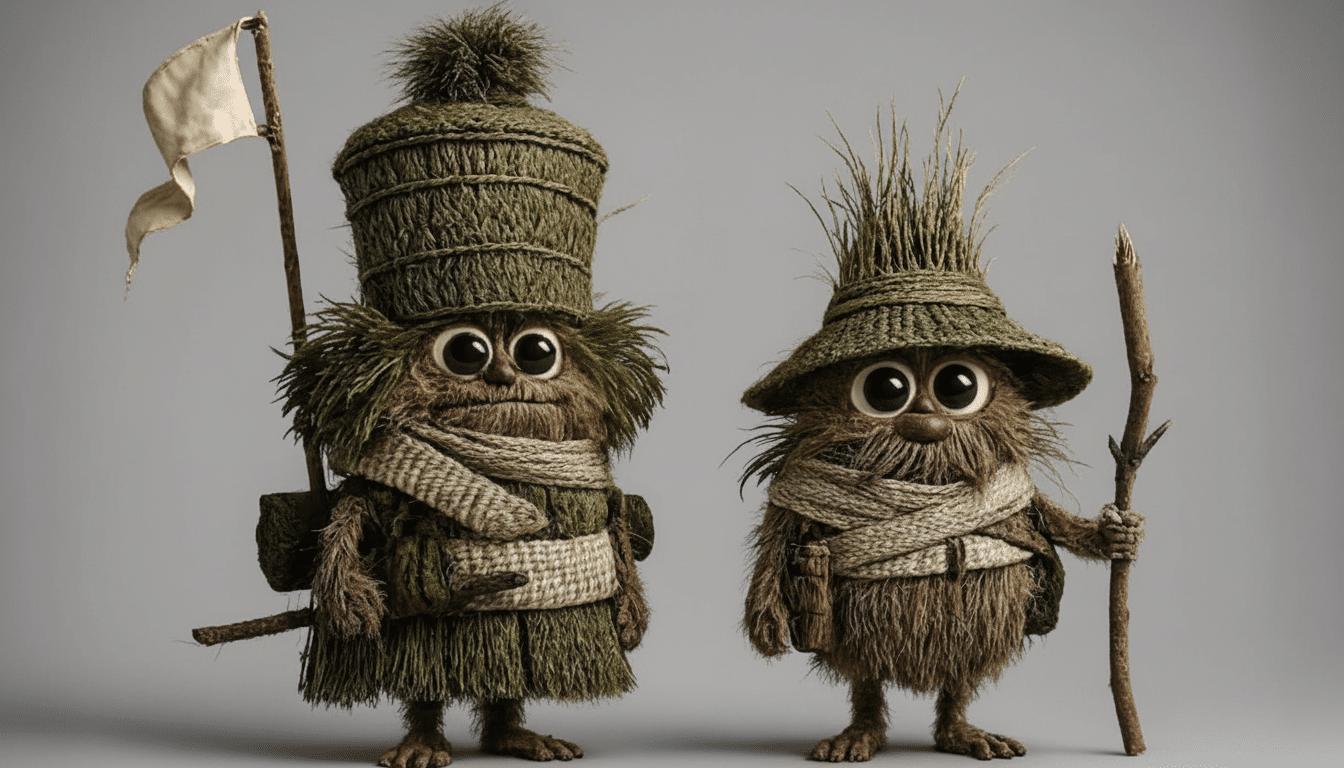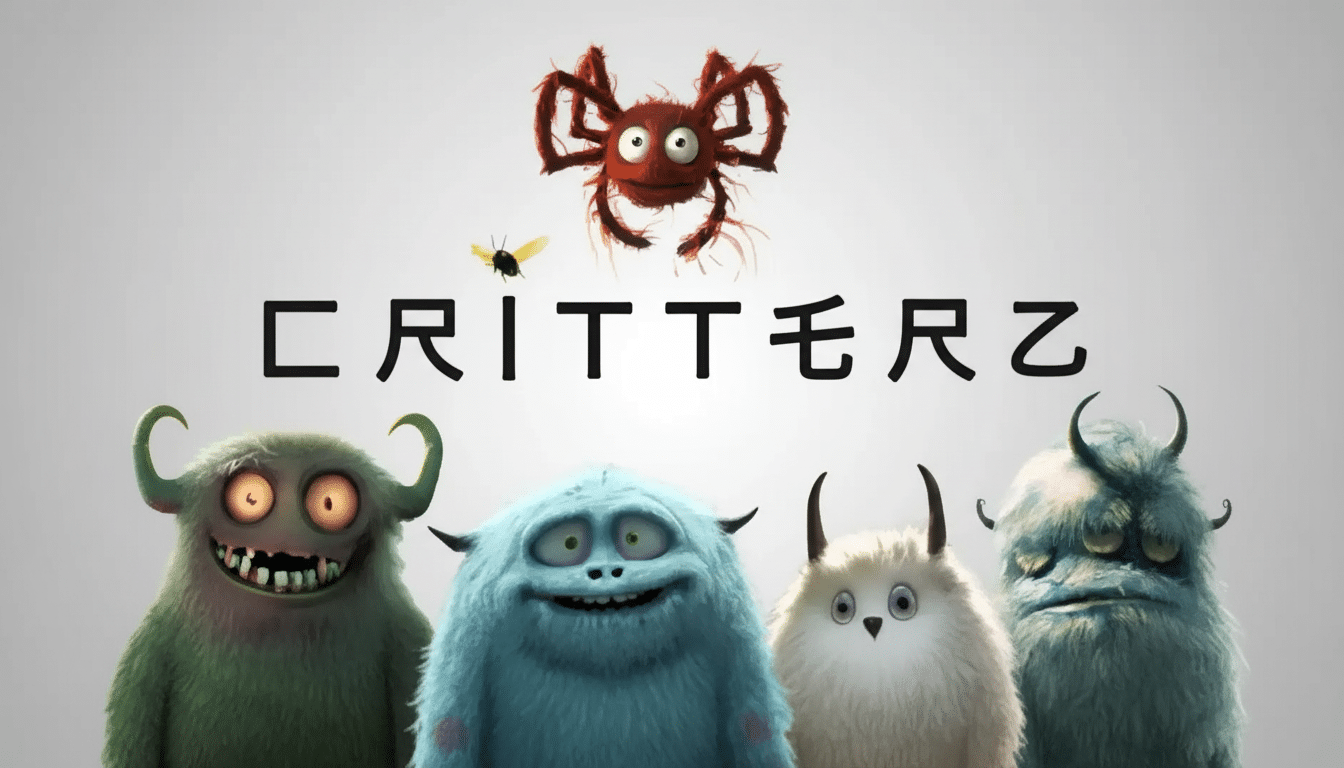“OpenAI is moving from the lab to the big screen with ‘Critterz,’ an animated feature built around the company’s own generative AI stack. As The Wall Street Journal reported, the production will rely on OpenAI’s most advanced language model, what is commonly referred to as GPT-5, and employ image-generation tools to speed up everything from story and character development to visual production. The film follows woodland creatures displaced by an alien intruder, and it’s being groomed as both a family destination and a high-pressure proving ground for an AI-first pipeline.
How the A.I.-First Pipeline Will Work
Despite the starring role for A.I., the workflow is not ushering humans to the door. Humans Artists sketch characters and environments that will be used as input into image generation models for look development, shot design and iterative refinement. Voice work will be recorded the old-fashioned way and the screenplay and visual beats prototyped with the assist of OpenAI’s language model before being locked by human writers.

Shepherding the project is Chad Nelson, a creative specialist at OpenAI, and he is recycling some characters from a short he put out that was made with DALL·E; the feature version is being produced by Vertigo Films in London and Native Foreign in California, with some of the writing talent coming directly from Paddington in Peru.
It’s not that many Innnomotion’s in-house production team, allegedly just 30 strong, which just goes to show how new AI hybrid workflows might give us dinky crews taking down features size work.
Budget and Timeline: A Radical Compression
Critterz has a $30 million production budget—significantly less than most of highest end animated releases. And for reference, trade sources have similar films like Inside Out 2 at about $200 million. And if the quality bar holds, that delta is the headline not only for investors but for any studio playing catch up and recalibrating their slate economics.
The pace is no less grueling. Studio animation usually takes two to four years from concept to completion, but the team behind Critterz is targeting delivery in under a year. Generative tools can compress previsualization and design cycles that used to run on the order of months, render on the cheap using AI upscaling and inbetweening to obviate giant render farms, and iterate on the scenes without restarting the pipeline. The offer: less downtime and fewer handoffs between departments.
Who’s Behind the Project
Vertigo Films and Native Foreign have complementary strengths: indie production chops, commercial-grade post capabilities, the willingness to take risks working with new technology. Nelson’s participation represents a fusion of OpenAI’s R&D sensibilities with filmmaking practicality, something that’s mirrored in the short that inspired Critterz. The creative team consists of writers whose resumes include family-friendly fare, a deliberate decision as the show tests AI’s ability to yield in heart and humor — both areas with which algorithmic storytelling has been criticized in the past as flat.

Hollywood’s AI Moment
That line about aiming for a prestigious festival debut speaks the truth: This isn’t an AI demo reel, it’s a play for mainstream legitimacy. The wider industry is already venturing in. Netflix has used AI tools to produce complex destruction shots for The Eternaut, and directors such as James Cameron have suggested that incorporating AI into the pipeline could speed up shot completion by a factor of two, enabling artists to spend more time on design and performance.
The economics are difficult to ignore. Studios will recalibrate quickly if AI-enabled workflows can do more than consistently shave tens of millions off budgets and compress timelines without cutting quality. That said, unions and guilds are eyeing the situation closely. The Animation Guild and SAG-AFTRA have called for clear consent, credit and compensation guidelines with synthetic content and training data, and any major AI-driven feature will be scrutinized for how it treats artists and their work.
What to Watch Next
Three questions will define Critterz as a case study. First off can the film even achieve theatrical-quality visual consistency with AI-accelerated imagery initially seeded by human sketches? Second, will the story and performances — which are often the weak spots in procedurally generated content — feel emotionally alive? Third, just what will be the crediting, residuals and transparency around the datasets used, so the movie becomes a constructive model, and not just a flash on the horizon?
If Critterz succeeds with audiences (and, of course, critics), it could provide validation for a nascent hybrid that sees small senior creative teams use A.I. to do much of the heavy lifting between keyframes and story beats.
Success would probably lead to an avalanche of AI-first pilots at the major studios, and give indie producers with fewer resources the ability to play above their weight class. In either case, the film is a crucial experiment — turning generative AI from a novelty tool into a production backbone.

